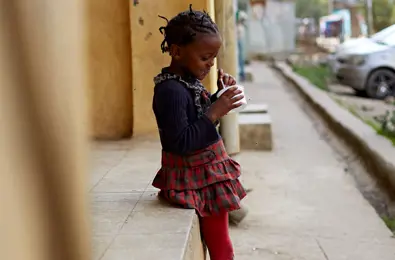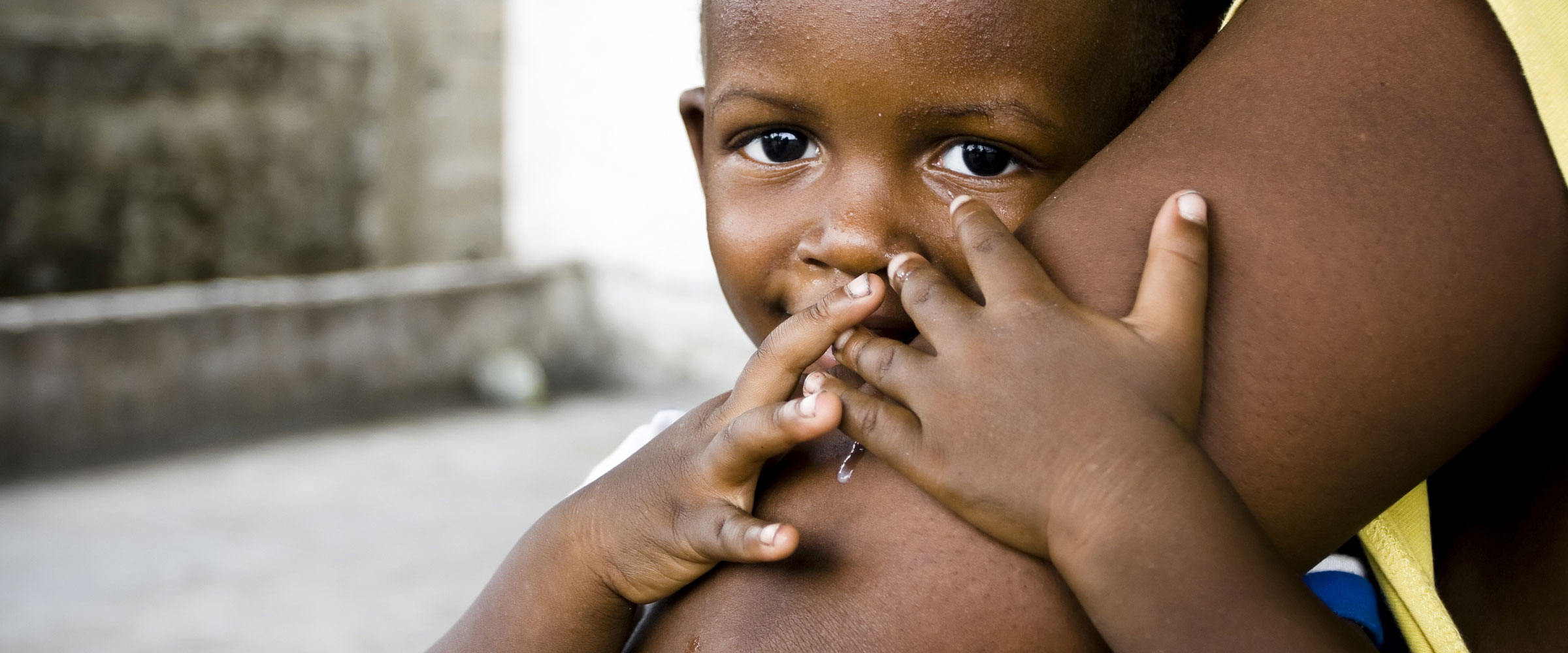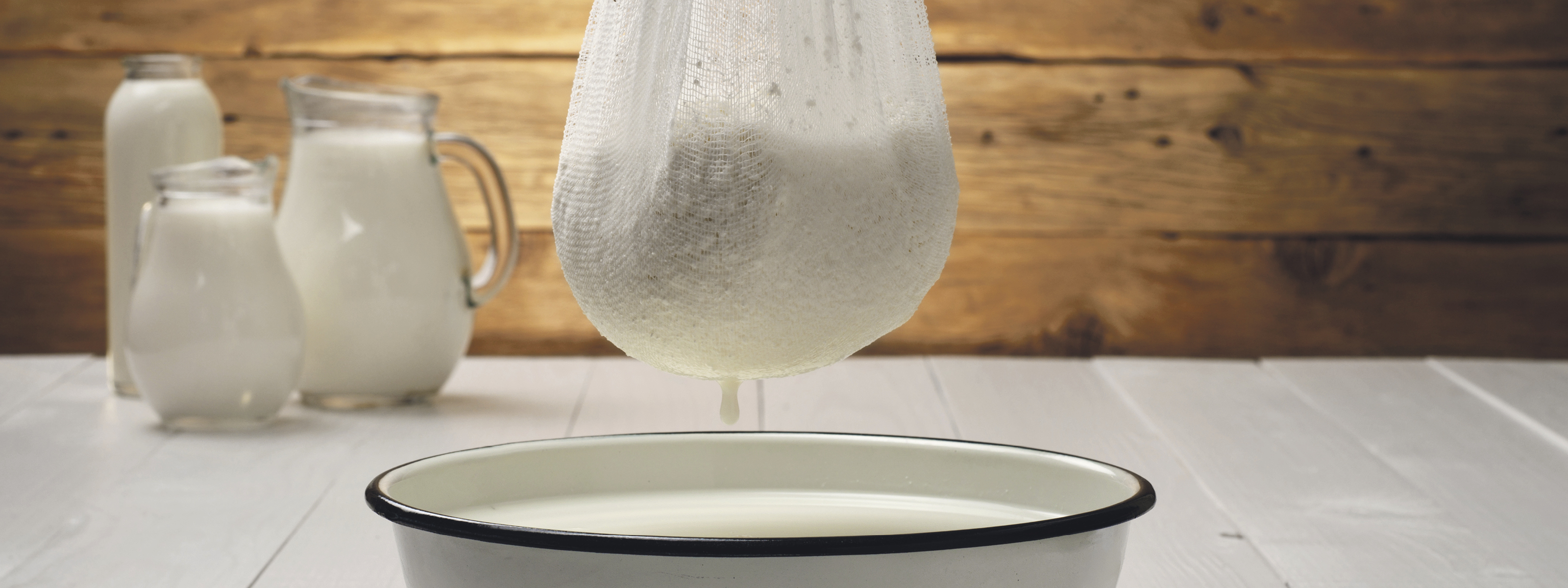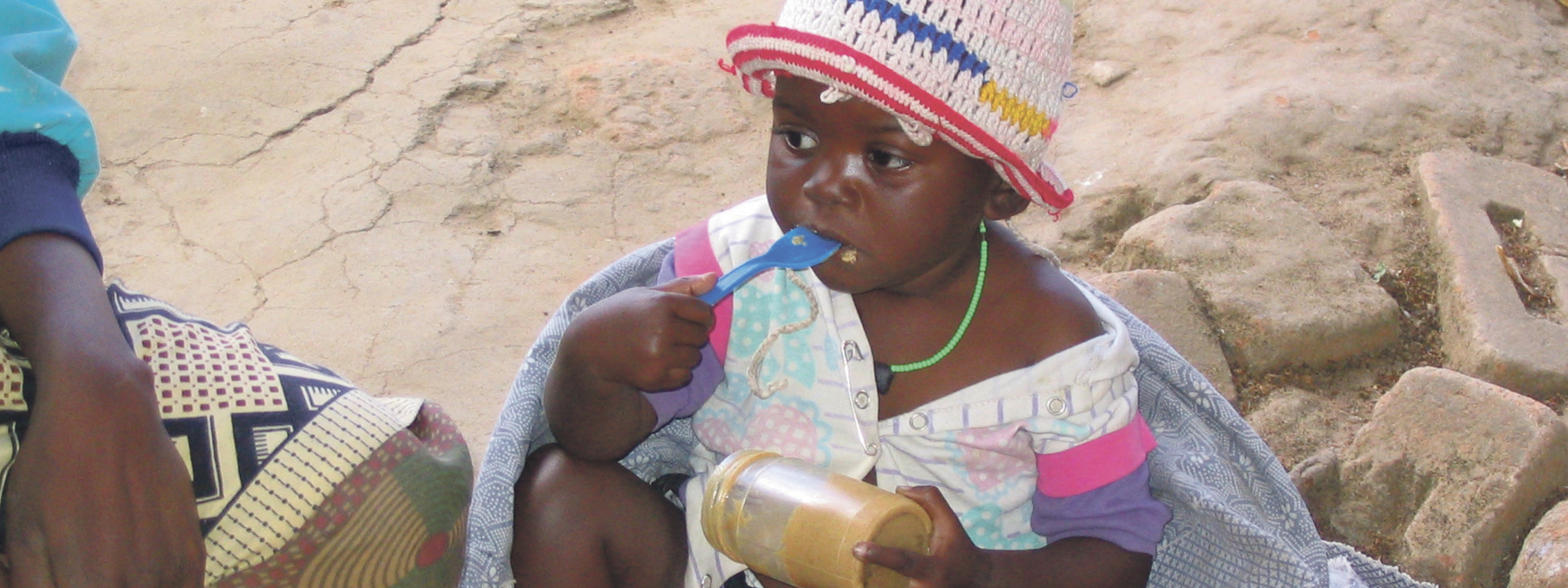一条营养型酸奶的乳制品供应链
埃塞俄比亚有1200万头奶牛,但由于缺乏基础设施,大部分牛奶未能运送至消费者手中。“GAIN获取更好乳制品”项目的目标是与小型农户和当地乳制品厂合作,建立一条可持续发展的乳制品链。作为主要业务合作伙伴,我们Arla Foods Ingredients公司的任务是帮助乳制品厂具备生产安全营养的平价酸奶的能力,供埃塞俄比亚市场和摊位销售。
该酸奶配方包含我们的乳清渗透粉——一款富含牛奶矿物质和乳糖的原料——可最大限度地提高乳制品厂的酸奶产量,并确保酸奶拥有良好的味道和质地。
我们的项目合作伙伴全球改善营养联盟(GAIN)和丹麦教会援助组织正在构建供应链中其他关键环节。这包括与农民合作以提高其牛奶质量和产量,并提高公众对良好营养重要性的认识,特别是对于儿童、孕妇或哺乳期母亲而言。丹麦工业联合会也在为此商业模式贡献力量。
在完成对埃塞俄比亚乳制品行业的影响评估后,GAIN北欧启动了该项目。这项评估包括开发一种用于识别和避免潜在负面影响的工具。
“GAIN获取更好乳制品”项目由丹麦的发展合作机构丹麦国际开发署(Danida)提供支持。2021 年,丹麦国际发展署提供了两年的额外资金,让项目合作伙伴能够进一步研究提高牛奶利用率、减少食物浪费和开发更绿色商业模式的可能性。详细的案例描述可供下载。 通过该项目开发的模型有完整的文档记录,适合转移到其他市场。
联合国可持续发展目标
该项目指定对SDG 2.1/2.3, 8.2/8.4 and 12.3.
从木瓜废料到干果零食
富含维生素的木瓜是埃塞俄比亚89万以上小型农户的主要收入来源,但目前30%的收成因变质而折损。如果把这种营养丰富的水果中一部分制成价格低廉的木瓜干零食进行保存和销售,那么对于农民、食品行业就业机会的创造,以及普遍营养不良的低收入家庭来说,都将大有裨益。
我们正在参与一个公私合作伙伴项目,旨在建立一套供应链以将木瓜废料转化为具有商业价值的干果蛋白棒。作为产品创新合作伙伴,我们的职责是开发配方,并将必要的加工技术传授给当地制造商。
该合作项目由GAIN牵头,参与者包括亚的斯亚贝巴大学、三家埃塞俄比亚食品生产商和当地一家农业工程企业。丹麦工业联合会负责开发可行的商业模式。
丹麦国际开发署(Danida)市场开发合作计划为该项目提供资助。
联合国可持续发展目标
该项目指定对SDG 2.1, 8.2/8.4 and 12.3.
富含蛋白质的饼干合作
可持续食品合作伙伴关系是 阿拉食品原料、丹麦教会救助会、诺维信 和其他公司之间的合作,旨在开发新的平价的营养概念并分享相关知识和专业知识。 目前的重点是在埃塞俄比亚开发富含蛋白质的饼干的项目。该饼干由亚的斯亚贝巴的一家制造商生产,含有来自当地种植的鹰嘴豆,藜麦的蛋白质,以及乳清蛋白作为乳制品营养素的来源。继新冠肺炎 (COVID-19) 造成的延误后,该饼干计划于 2022 年上市。 P4G 是一个支持专注于加速可持续发展的公私伙伴关系的全球论坛,正在支持该项目。 P4G 此前曾资助该合作伙伴的可持续食品平台计划,以促进为难民营内或周围的人们本地生产营养食品。
联合国可持续发展目标
该项目指定对SDG 2.1/2.3 and 17.17.




